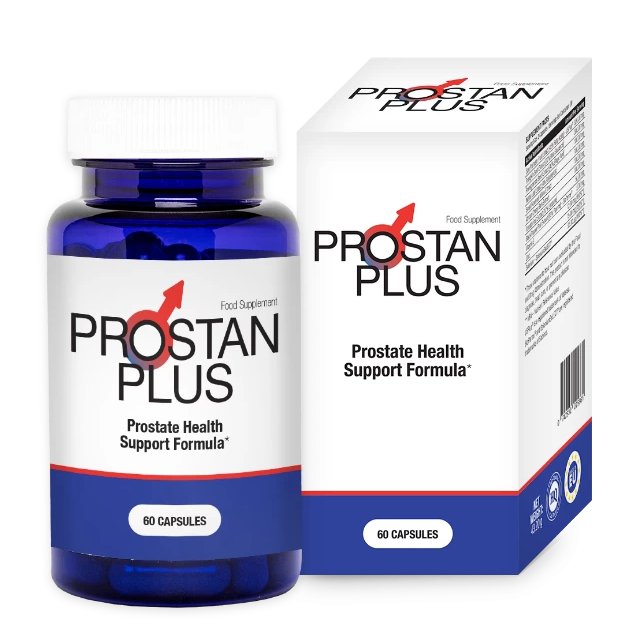Essential Tips for Managing Prostate Health in Men


Understanding Prostate Health
The prostate is a small, walnut-sized gland located below the bladder and in front of the rectum, playing a crucial role in the male reproductive system. Its primary function is to produce seminal fluid, which nourishes and transports sperm during ejaculation. As men advance in age, prostate health becomes increasingly important, as various conditions can develop that significantly impact one's quality of life.
One of the most common issues affecting the prostate is benign prostatic hyperplasia (BPH), where the gland enlarges and can lead to urinary difficulties, such as increased frequency and urgency of urination as well as difficulty in starting and stopping urination. While BPH is not life-threatening, it can severely affect a man's daily life and overall well-being.
Another critical concern is prostate cancer, one of the most prevalent forms of cancer among men. The symptoms of prostate cancer may not be immediately apparent, often developing gradually. Common symptoms can include pain during urination, blood in urine or semen, and discomfort in the pelvic area. The risk of developing prostate cancer increases with age, particularly for men over the age of 50, along with family history and certain genetic factors.
Given these potential issues, maintaining good prostate health is vital for every man, especially as they age. Regular check-ups with healthcare professionals can facilitate early detection of any problems, significantly improving treatment outcomes. These examinations might include digital rectal exams (DRE) and prostate-specific antigen (PSA) tests, which are essential tools for assessing prostate health. It is advisable for men to discuss their risk factors and screening options with their healthcare provider to ensure proactive management of prostate health.
Tip 1: Stay Hydrated
Maintaining proper hydration is crucial for overall health, and it plays a particularly significant role in supporting prostate health in men. The prostate gland, which is responsible for producing seminal fluid, requires an adequate intake of fluids to function optimally. Proper hydration helps in flushing out toxins from the body and can significantly reduce the risk of urinary issues, which are common concerns as men age.
When the body is well-hydrated, it aids in maintaining the regular flow of urine, ensuring that the bladder does not become overly distended. This can help prevent complications such as urinary tract infections and bladder stones, which can adversely affect the prostate. Furthermore, proper hydration may assist in reducing inflammation, a key factor associated with many prostate-related health issues.
To enhance hydration, men should aim to drink at least eight glasses of water a day; however, individual needs may vary based on factors such as age, activity level, and overall health. A practical way to increase fluid intake includes carrying a water bottle throughout the day, making it convenient to sip regularly. Additionally, incorporating hydrating foods, such as fruits and vegetables—like cucumbers, tomatoes, and watermelon—can complement water consumption and contribute to overall hydration.
Men can also monitor their hydration levels by observing the color of their urine, aiming for a light yellow shade, which typically indicates adequate fluid intake. Paying attention to signals like thirst and dry mouth is equally important, as these may indicate the need for additional fluids.
Incorporating these hydration tips into daily routines can facilitate prostate health, ensuring that men remain proactive about their wellbeing. For further insight, a short video is available, showcasing practical hydration tips specifically tailored for men, along with explanations of the beneficial effects of proper hydration on prostate function. Remember, making hydration a priority can have lasting impacts on overall health and wellness.
Tip 2: Maintain a Healthy Diet
A balanced and nutritious diet plays a crucial role in maintaining prostate health. Key dietary choices can significantly influence the well-being of the prostate, potentially aiding in the prevention of prostate-related issues. Foods rich in antioxidants, fiber, and healthy fats should be integrated into daily meals to support overall health and specifically, prostate health.
Antioxidant-rich foods can help combat oxidative stress, which is linked to prostate problems. Fruits and vegetables such as berries, tomatoes, and leafy greens are particularly beneficial. Tomatoes, for instance, contain lycopene, an antioxidant associated with a reduced risk of prostate cancer. Incorporating an array of colorful produce into meals ensures a wide range of these vital nutrients.
Fiber is another essential component of a prostate-friendly diet. Whole grains, legumes, and nuts are excellent sources that contribute to digestive health and may help lower the risk of developing prostate issues. Foods such as brown rice, oats, lentils, and almonds should be considered staples in one’s diet. Aiming for at least 25 to 30 grams of fiber daily can have a positive impact on prostate health.
Healthy fats also play an important role. Foods rich in omega-3 fatty acids, such as fatty fish (like salmon and mackerel), flaxseeds, and walnuts, are considered beneficial. These fats are known to reduce inflammation and promote heart health, which is essential for overall well-being, including prostate health.
Conversely, it is prudent to limit the intake of processed foods, red meats, and high-fat dairy products, as these may contribute to an increased risk of prostate issues. A proactive approach to diet can pave the way for better prostate health and well-being. Adopting these dietary changes not only benefits prostate health but enhances overall quality of life. Consider experimenting with prostate-friendly recipes to find meals that are both delicious and nutritious.
Regular Exercise
Engaging in regular exercise is a vital strategy for managing prostate health in men. Physical activity not only contributes to overall well-being but also plays a significant role in reducing the risk of prostate-related issues. Research indicates that men who maintain an active lifestyle experience lower rates of prostate conditions, including benign prostatic hyperplasia and prostate cancer. Incorporating various types of exercises into one’s routine can have numerous health benefits.
Aerobic workouts, such as brisk walking, cycling, or swimming, are excellent choices for promoting cardiovascular health, which is closely intertwined with prostate health. These activities enhance blood circulation, improve hormone regulation, and aid in weight management—all vital factors in maintaining prostate function. Aim for at least 150 minutes of moderate-intensity aerobic exercise weekly to reap the benefits associated with a healthy prostate.
Strength training is another essential component of a balanced exercise routine. It helps build muscle mass, boosts metabolism, and enhances overall physical resilience. Exercises like weightlifting or resistance band workouts, performed at least two days a week, can be highly beneficial. Additionally, integrating pelvic floor exercises, or Kegel exercises, can strengthen the pelvic muscles, contributing to better bladder control and improved prostate health.
Incorporating a variety of these exercises can create a comprehensive program that supports long-term prostate health. It is important for men to consider their fitness levels and consult with healthcare professionals, especially if they have pre-existing health conditions. The inclusion of a short video demonstrating key exercises and their correct forms can further motivate and guide individuals to adopt these practices confidently. Overall, ensuring a consistent exercise regime is a crucial step in minimizing the risk of prostate issues.


Wellness tie
Empowering your health and fitness journey today.
Connect
info@wellnesstie.com
© 2025. All rights reserved.


